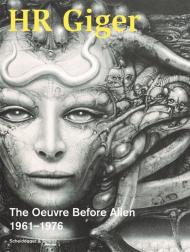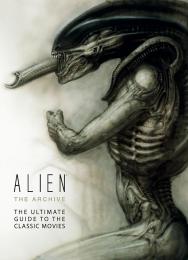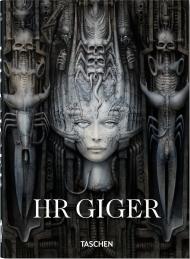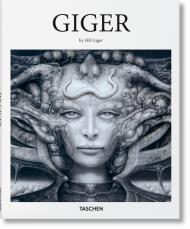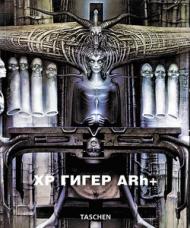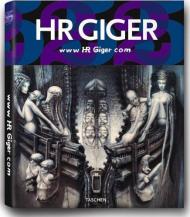Нове видання єдиної на сьогодні книги, яка всебічно документує ранні роботи відомого швейцарського художника Г.Р. Гігера.
Має картини та малюнки Г.Р. Гігера, які рідко публікуються або демонструються публічно.
Лауреат премії «Оскар» Г.Р. Гігер є творцем легендарного кіномонстра «Чужий» і, мабуть, найвидатнішим представником фантастичного реалізму.
Швейцарський художник-сюрреаліст HR Giger (1940–2014) здобув міжнародну славу в 1979 році за створення фантастичних істот та моторошних середовищ, які жахали кіноманів, у науково-фантастичному фільмі Рідлі Скотта «Чужий». Однак ще до того, як ці культові творіння зробили його знаменитістю та принесли йому «Оскар» за візуальні ефекти, Гігер вже був високо оцінений у міжнародному світі мистецтва за свій унікальний стиль малювання від руки та біомеханічні пейзажі снів.
HR Giger: The Oeuvre Before Alien 1961–1976, вперше опублікована в 2007 році та тепер знову доступна в новому виданні, є єдиною на сьогодні книгою, яка документує менш відомі, але не менш вражаючі ранні роботи художника. Цей щедро ілюстрований том простежує кар'єру Гігера від його освіти архітектора та промислового дизайнера в Цюрихському коледжі мистецтв до розвитку його техніки малювання тушшю та олійного живопису та його остаточного прориву як одного з найвидатніших художників школи фантастичного реалізму. У книзі, що містить багато неопублікованих або рідко доступних ранніх картин та малюнків, а також есе відомого мистецтвознавця Беата Штутцера, представлено картини Гігера в поєднанні з роботами його попередників, включаючи Енсора, Фюзелі, Гойю та Піранезі.
HR Giger: The Oeuvre Before Alien 1961–1976 висвітлює розум візуального генія, чиї перші художні експерименти випереджали свій час на десятиліття.
Про автора:
Беат Штутцер — історик мистецтва, письменник і куратор з Люцерна. Він був директором церкви Бюнднер Кунстмузеум з 1982 по 2011 рік і куратором музею Сегантіні в Санкт-Моріці з 1998 по 2016 рік.
_______________________________
Погортати книгу HR Giger: The Oeuvre Before Alien 1961–1976
